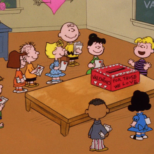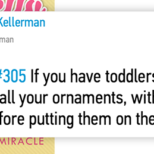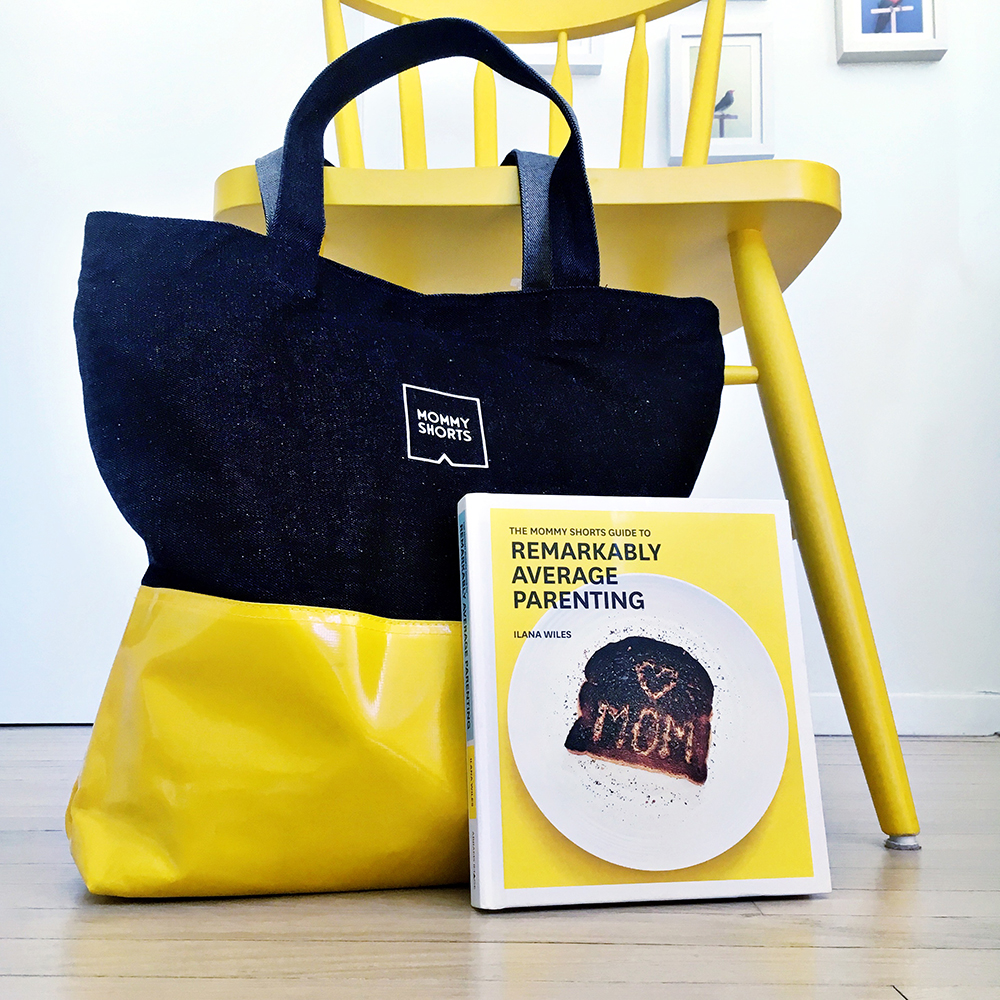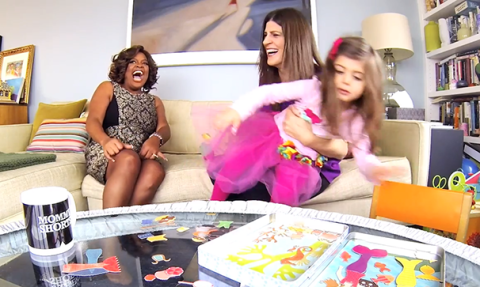My one year old has learned that
screaming is a delightful activity. I,
however, am not as enamored but I
don't know how to discourage it. He
screams for EVERYTHING! Can't
reach his ball? SCREAM. Wants
more water? SCREAM. Needs to
be held? SCREAM. I tried to ignore
him when he screamed, but I soon
realized that I'd be ignoring him all
day because he hasn't learned any
words yet and has stopped using
cute gibberish. Probably because
the screaming is so effective. What
can I do to curb this behavior?
Signed, KD
Dear KD,
Young children use behavior to get their wants and needs met because they don’t yet have the language to communicate and express themselves. While babies use crying to tell you they are hungry or wet, toddlers use whining or screaming. The goal is to teach them to use gestures and/or words to express themselves, which will eventually replace the screaming behavior.
The only way for children to learn to use words is by first modeling the skill (e.g., saying the word and/or using the gesture before giving the child the object) and repetition (i.e., every time, every day). For example, if you know that your son wants to be held, you could say, “You want to be picked up?” as you raise your arms in the air; or if he is starting to say one word approximations, you could say “Up” and encourage him to repeat you before you pick him up—and do this with him every time, every day.
Many parents also find it helpful to teach sign language for the words “more” and "give me” to help their children make requests before they have language. You can find video examples of these signs at signingsavvy.com. It is best to teach your child signs and gestures at times when they are not already screaming or exhibiting tantrum behavior (e.g., mealtimes and play time). For example, you can make a game out of lifting your son “up” and down and teach him to put his arms in the air before you pick him up as a part of the game. This way, when he starts to scream, you can say, “up” and hope that he will stop screaming and put his arms up in the air instead—or at least that would be the goal.
The best way to reduce an undesirable behavior is to give your child less opportunities to practice it. Try your best to anticipate what your child wants before he screams and then show the object to him and provide him with the gesture and word to use before giving him the object. At times when he is already screaming, stay calm and in a neutral tone try to put into words what you think he is trying to say. "You want the ball but you can't reach it. Let me get it for you." Although he may not understand you, your voice and actions will help him feel heard and may reduce the screaming as well.
The real key is to be consistent. Many parents try things a handful of times and then determine that they aren't working. Your child will learn eventually if you are patient and keep at it. Within a few months you will start to see a reduction in the screaming behavior and a growth in his communication skills.
Best of luck,
Dr. B
Dr. B has a doctorate in school psychology specializing in early childhood development. If you have a question that you would like to ask Dr. B, send it to myshort@mommyshorts.com with the subject header ASK DR. B.


























Good advice! The photo is simultaneously awesome/horrifying. Nicely done.
I love Dr B’s advice, but that photo is seriously giving me the wig! But it’s also hi-larious!
Does this mean I have to have another baby so I can do it right this time with #4? Ummmmmm…no. I can’t allow another photo op like that one up there into my home. That scared me!
I cannot take credit for that photo. I’ve been trying all day to figure out where I pulled it from.
Hi, something I did when mine were little and they would scream was to fuss and fret over them, hold them, cuddle them, smooth their hair, ask if they are all right, walk away from what ever it was they were wanting at the time with them in my arms and me acting all worried, ie: pretend mommy is really stupid and does not understand a scream to mean anything other than hurt, but that mommy is very loving and concerned. It was only a matter of a couple of times before they learned they could not get mom to do what they wanted with screaming, screaming would only get major fussing from mom and not what they wanted at all. I would say things like ‘are you hurt? what happened? Oh my goodness, what is wrong? did you hurt your toe, and sometimes even take off shoes to look at toes, did you bump your head? a search through the hair, back of ears, fingers ect. In other words a reaction that is in line with a scream, teaching them that a scream is what you do when you want mom to run swoop you up and protect you, it is for in an emergency, when you are hurt, but not when you want something, because it simply does not work for that, in fact is usually makes what you want go farther away, but not necessarily out of site. The being able to see what they wanted usually led to other ways of trying to get me to understand. I remember my toddler squirming out of my arms, grabbing me by the hand, pulling me to what they wanted, and pointing. This will not work where the routine has been disrupted and it is way past nap time, this was only for inappropriate screams, you know the ones by the tone, they are not hurt, or hungry or frightened, just playing with their voices and mom. I think that they think they are teaching us, and by the time they grow up we will know they were right! They are so precious at this age, and they will be all grown up WAY too soon. Every single child is different, this worked on 3 of my 4 children, the other…maybe the advice here would have helped me back then, after trying everything I could think of she finally outgrew the screams, thank goodness!